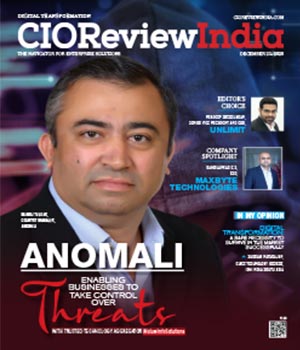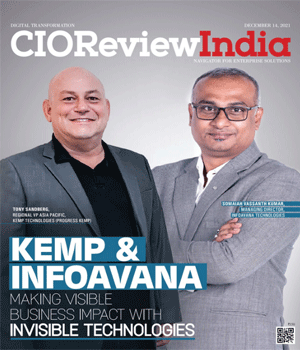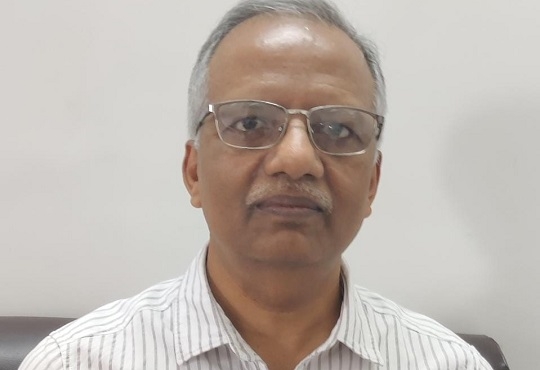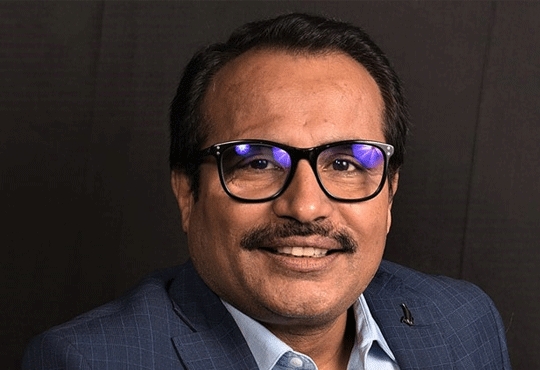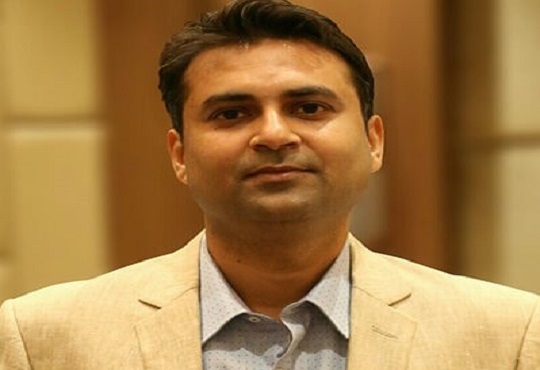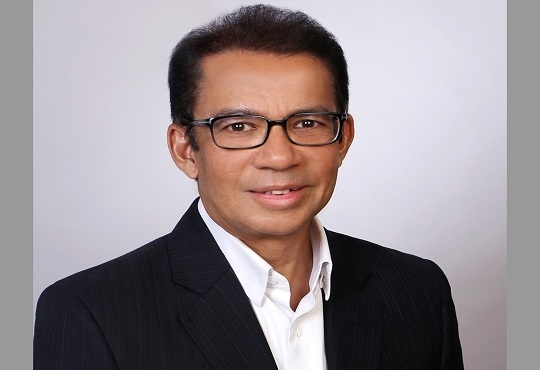
Navigating the Digitalization of Mining Industry
Janifha Evangeline | Sunday, 16 April 2023, 20:18 IST
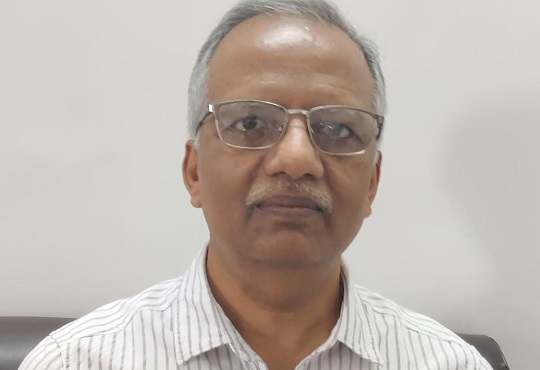
Rakesh Sahay, Executive Director, Information and Communication Technology, Coal India Limited, in an interaction with CIOTechOutlook, shares his views on the current evolution of the mining industry from an IT adoption perspective, how the mining industry can ensure the safety, accuracy, and accessibility of data, integrating new technology with existing IT systems, and more.
Advanced technologies are creating exponential value for stakeholders across the mining engineering value chain. Emerging technologies including blockchain, IoT, AI, and robotics are being applied to a variety of mining engineering activities. How do you see the current evolution of the mining industry from an IT adoption perspective?
It is the right time for the mining industry to adopt digitalization in India. The adoption of advanced technologies does play an important role in the mining industry for performance enhancement and increasing productivity. While the emergence of digitalization - the key macro trend is impacting global mines, CXOs of top global mines believe that digital implementation will impact their business positively. Only a few of the digital mining solutions are mature and proven and there are many which are maturing fast and have a high potential to improve business performance.
Remote operation centers, autonomous operations, and the adoption of the cloud are some of the key enablers. Digital connectivity and sensors help in pursuing operational excellence and help in improving productivity, efficiency, and better management of risk through the integration of automation, IoT solutions, AI, cloud, and advanced analytics.
We implemented SAP a year ago and it is fully functional now. The biggest challenge that Coal India is having is its vast geographical expanse. We are spread across eight states and have eight subsidiaries, having more than 300 mines. Hence, the adoption of digitalization does pose a challenge for the coal industry in particular and the mining industry in general.
The mining industry generates a massive amount of data, and managing and analyzing this data is one of the biggest challenges faced by CIOs or IT-Heads. How can they ensure the safety, accuracy, and accessibility of this data?
The mining industry indeed generates a massive amount of data. There are various machines and sensor data with a humongous amount of data being generated. Although a lot of data is generated in the mining industry, it is neither collected and stored nor analyzed. To obtain insights from the data, it must be extracted from the end devices and transferred to the database on which analytics needs to run to gather insights. Traditionally, the mining industry has been using an on-premise model, but managing such massive data on-premises is not easy.
With the modern data security mechanism, the cloud is emerging as a great mechanism, using which miners can store some of the data that will ensure accessibility, accuracy as well as safety of the data. Coal India has additionally deployed a cloud system specifically for this, which is Edge Analytics. Using edge analytics, we can obtain insight into IoT and machine data. Furthermore, next-gen analytics in terms of the use of big data, machine learning, the Internet of Things, and data visualizations to gain real-time insights and predict outcomes can use the cloud in addition to edge analytics.
Edge analytics is preferable since a huge amount of data is being generated. We are visualizing seven of our top mines, which account for more than 30% of the coal production. Therefore, edge analytics can be helpful to analyze data to draw insight and improve business performance.
In some cases, new technology may not seamlessly integrate with existing IT systems, resulting in data silos and inefficiencies. This can be a challenge for mining companies that rely on complex and interconnected IT systems. What solution do you propose for this?
We have faced it while implementing SAP as well. We were having a silo of databases. We were having eight subsidiaries, and these subsidiaries were having their systems; their applications were maintained in silos, resulting in master data and transactions data varying in terms of structure. So, we had to do a lot of exercises for busting the silos and maintaining a common database, deduplication of the data, and data cleansing.
Today, our data is centrally placed, and it is having a single source of truth. But to handle data silos and inefficiencies within multiple interconnected IoT systems, mining companies need to understand that it is a multistage and ongoing process. There are a few solutions, which help companies manage issues with data as detailed enterprise architecture.
The enterprise architecture including data architectures should be defined, documented, and followed across an organization. For example, in the basic masters that we are having or equipment master or employee master, whenever we are getting data from the sensors, from which equipment the data is being populated, it must be mapped to the parent referential key so that data can be properly analyzed. For data management, there are multiple tools and data platforms in the market. MDM tool manages different types of data like transaction data, master data, etc., and ensures that there is a single source of truth across the organization.
When it comes to data governance, it is an ongoing process. The most challenging aspect of data governance is the disintegration among multiple systems being accessed by different stakeholders. So, this should be properly done, and there should be teams where their data is maintained. This integration across system processes and data warehousing can lead to data corruption. However, standardization and technology can be the friend that lights the way toward successful data governance. A few technologies that can help our automated quality checks, modern data architecture, and use of AI to ensure data governance.
How do you see the future of the mining industry from an IT adoption standpoint?
Our industry revolves around the digital nervous system that we created in the form of ERP implementation. Although record management, process management and data related to the processes are in place, to have the edge and to be competitive, we have to embrace automation, and AI/ML-based tools and these should have integrated command and control centers. Therefore, this can be achieved over a period of time.
CIO Viewpoint
The Constantly Evolving Technology Landscape in...
By Janifha Evangeline
Navigating the Digitalization of Mining Industry
By Janifha Evangeline
How To Achieve An Effective Digital Transformation
By Yogendra Singh, Head-IT/SAP, Barista Coffee Company Limited
CXO Insights
No-code platforms: Enterprise-wide Adoption...
By Rahul Murthi, Director at Acies
Unleashing the Potential of IT in Engineering...
By Gyan Pandey, Head - Digital/CDO, Voltas
Low Code and Artificial Intelligence - The...


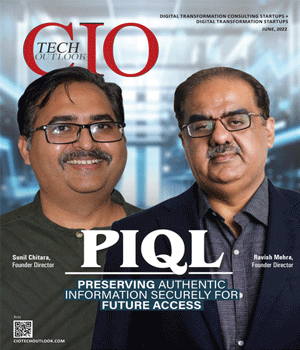
.jpg)
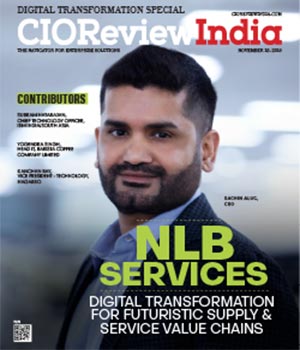
.jpg)
